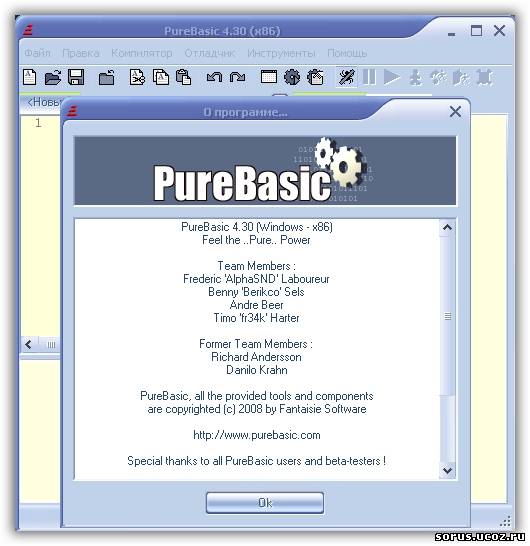PIC18 basic compiler USB support • • • • • - - - - - - PIC18 USB Support • • • • • • • • • • • • • PIC18 basic compiler USB support PIC18 Simulator IDE can be used for development of USB generic HID devices. Optional USB support add-on for its integrated basic compiler provides an easy and elegant way for development of the high-speed firmware for USB generic HID devices, that will enable your hardware projects to communicate with PC host using USB bus. USB support add-on consists of the USB command set for the PIC basic compiler and HidTerm ActiveX control (DLL library is also available) for the development of the PC application that will communicate with your device. Microsoft Visual Basic and PureBasic examples are also included. This solution can be used currently with the following MCUs from the Microchip 8-bit PIC18 architecture product line: 18F2455, 18F2550, 18F4455 and 18F4550.
Visual mill crack. Data exchange is implemented with USB Feature, Input and Output reports with 8 bytes of data. With HidTerm control PC application will be able to send Feature report, to request Feature report, to send Output report and to request Input report from your hardware. Library for use of COM objects in PureBasic, an example for using. Sending and receiving of data through the serial port.
Notes for installing of user-libs.  PureBasic - SerialPort. The Serial port (also know as the RS-232 port) was first created in 1969, and despite its age, it is still widely used in the industry. This page describes serial COM port communication by means of Visual Basic. Download Motif Batik Cdr File. The serial port. Tutorial, you will see another example of.
PureBasic - SerialPort. The Serial port (also know as the RS-232 port) was first created in 1969, and despite its age, it is still widely used in the industry. This page describes serial COM port communication by means of Visual Basic. Download Motif Batik Cdr File. The serial port. Tutorial, you will see another example of.

PureBasic Forum PureBasic web site. Program that read an analog voltage from an arduino with serial port;the arduino send 4bytes without CR +LF. I have 3 questions: may I use the serial port (COM1/COM2) with PureBasic (using some lib/functions or Windows-API)? Is the.dll support, working fine? I saw PureBasic has inner functions to call Direct-X, in your opinion is faster than BlitzBasic or not? Thank you in advance for informations.
Effective Serial Port Use by Sanjay Mishra Serial ports have disappeared from modern day PCs. However as product designers we still use them to debug and control products because of their simplicity. Here are serial port usage ideas that I have found useful.,,,,,,,,,,,, Choose the Right USB adapter Modern laptops and PCs do not have a built in serial port. The common solution to this is to get a USB to serial port adapter.
However not all USB to serial port adapters are created equial. I had timing issues with some that I used before. For the past few years I have used the Radio Shack single port USB to serial port adapter. While there are other cheaper and maybe betters ones out there, the Radio Shack adapter works for me so I have not had occasion to change.
Multiport Adapters There are multiport adapters available as PCI, PCMCIA cards or USB add-ons. I have used and have been happy with them.
Their newest USB adapters gives both RS-232 and RS-485 on the same device which is a big help. Chips for USB to UART for your product The chip manufacturers provide USB drivers for the host operating system. There are lots of these chips out on the market. I have used chips from FTDI and Silicon Labs. They are pretty much the same in use.
Another option is to bit bang the USB or use controller with built in USB handling capability. Wrangling with Windows COM number assignments When you install serial ports, Windows assigns them numbers. Sometimes the numbers that Windows assigns are not to your liking. For example your application can only access serial ports from 1 to 10 and Windows assigned your new serial port a number of 11. Well there is a way around it. Go to Control Panel -> System -> Hardware->Device Manager -> Port -> Properties->Advanced and fill in the COM number that you would like to have.